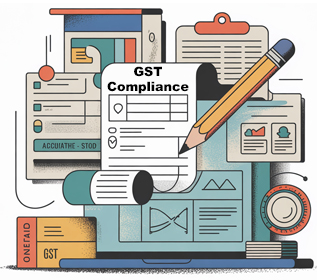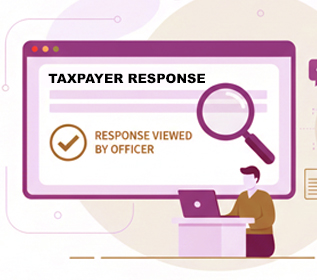GST in India is steadily moving toward a system-driven, automated compliance environment, where returns will be generated automatically and taxpayers will mainly review and confirm data instead of preparing or editing returns. In this evolving ecosystem, the accuracy and quality of the data you submit today will determine how seamless your GST compliance becomes tomorrow. 1. Automated Returns and the Direction GST Is Headed The…









